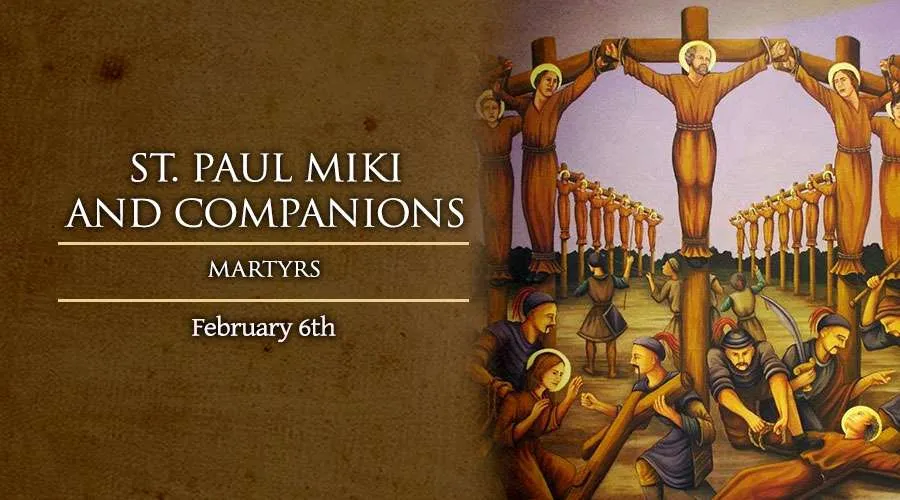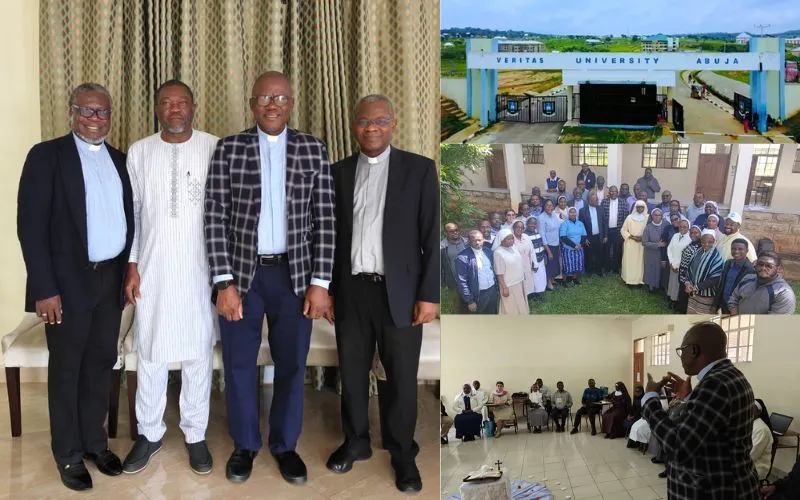Sub-Saharan Africa, 06 February, 2024 / 11:15 am (ACI Africa).
On Feb. 6, the Catholic Church honors the 26 Martyrs of Nagasaki, a group of native Japanese Catholics and foreign missionaries who suffered death for their faith in the year 1597.
During the 16th century, the Catholic faith reached Japan by the efforts of the Jesuit missionary Saint Francis Xavier (1506-1552). Jesuit outreach to the Japanese continued after his death, and around 200,000 Japanese had entered the Church by 1587.
Religious tensions led to a period of persecution during that year, during which many churches were destroyed and missionaries forced to work in secret. But few episodes of martyrdom took place during this time, and within a decade 100,000 more Japanese became Catholic despite the restrictions.
During 1593, Franciscan missionaries came to Japan from the Philippines by order of Spain's King Philip II. These new arrivals gave themselves zealously to the work of charity and evangelism, but their presence disturbed a delicate situation between the Church and Japanese authorities.
Suspicion against Catholic missionaries grew when a Spanish ship was seized off the Japanese coast and found to be carrying artillery. Toyotomi Hideyoshi, a powerful imperial minister, responded by sentencing 26 Catholics to death.







